Tales of the Abyss – 13
 |
 |
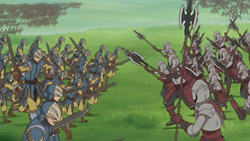 |
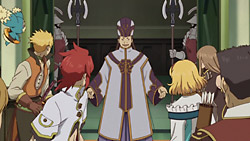 |
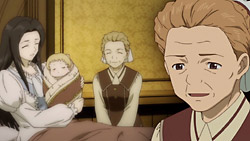 |
 |
Summary:
The airship – called the Albiore – is the help that Peony sent, and its pilot is a girl named Noelle.

 |
 |
 |
 |
 |
 |
Summary:
The airship – called the Albiore – is the help that Peony sent, and its pilot is a girl named Noelle.
Well, after a week with family and being away from the website, I’m back. I mentioned in the previous post that I was visiting a sick family member, however I don’t want to get into the details other than to say that my grandfather is doing relatively well for the time being. What I do want to say though is that nothing drives home the importance of family and friends more than this kind of experience, and it gives new meaning to the themes often touched on in shows like CLANNAD.
In any case, the next couple of days will be spent catching up on the series I missed, and regular blogging shall return shortly.
 |
 |
 |
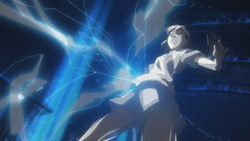 |
 |
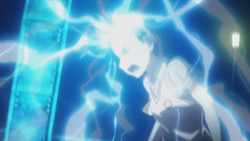 |
「絶対能力 (レベル6)」 (Zettai Nouryoku (Reberu 6))
“Absolute Ability (Level 6)”
Episode at a Glance:
While explaining Schrödinger’s Theory and how it relates to esper abilities, Komoe manages to confuse Index to no end.
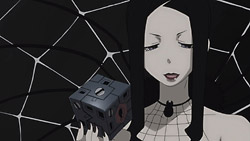 |
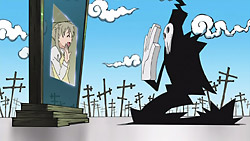 |
 |
 |
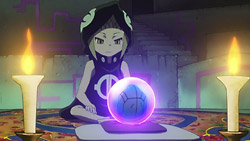 |
 |
Summary:
Although she thinks that BREW has stopped working, Arachne moves forward with her plans.
|
|
This is an interesting article about Japanese culture and cellphone novels that some of you may enjoy. It’s both enlightening and slightly depressing, but those of you who are familiar with the source (The New Yorker) may already be aware of that tendency. At first it introduces the story of a young woman who wrote a keitai novel on a whim and posted it electronically to the internet. Even though it was unedited, raw, and unplanned, it was so successful that the printed version made the top 10 list of literary hardbacks sold in 2007. This article discusses the origins of this cellular genre and its rise in modern day Japan, especially for young women. 2-chan gets a shoutout, as well as Pynchon, Tarantino, and many established Japanese literary giants. I think it has found a niche in the world quite separate from the literary circles it only pretends to want to enter. The article suggests the entire genre fits more appropriately into the spoken story-telling tradition, and even compares it to the Tale of Genji in a school setting instead of a court and palace. I myself have had some exposure to this cellphone-age phenomenon, but my initial reaction was more along the lines of “wtf is this?” – and promptly went back to reading language books and novels that make up the bulk of my belongings. Well, the electronic novels themselves may not suit everyone’s tastes, but the article is a very interesting read and gives some great insight into both modern and historical literacy in Japan. It doesn’t relate directly to anime, but it’s a close cousin, and satiates the needs of my Random Curiosity. Artwork at left courtesy of くろぶた on pixiv (account needed to access). |
 |
 |
 |
 |
 |
 |
Summary
Continuing his search to find out the truth about Nagi, Jin asks another teacher at school for help, and receives the name and address of the people who used to take care of Nagi’s shrine. In the hallway, Daitetsu stops him to talk (despite the obvious dangers) and gives him Nagi’s wand that he found on the roof that day.
 |
 |
 |
 |
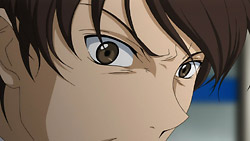 |
 |
Summary:
As the battle rages on, the Seravee and Cherudim Gundams do their best to cover the Ptolemaios while the 00 Gundam faces off against the Garazzo.
 |
 |
 |
 |
 |
 |
Summary
Hatchin arrives in Perna, miles away from Michiko and Shinsuke, and she overhears a man selling maps to see the crying statue of Mary.
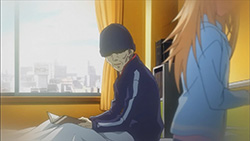 |
 |
 |
 |
 |
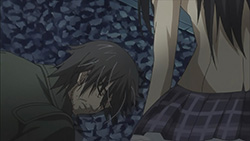 |
「自立 independence」 (Jiritsu)
Episode at a Glance:
After learning that Shogun created him and the Ir2 equation, and that Rimi’s been captured after trying to take care of him, Takumi realizes that he loves Rimi.
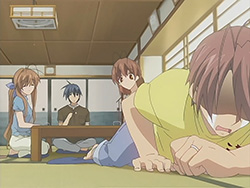 |
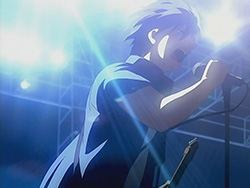 |
 |
 |
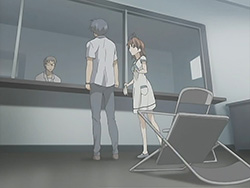 |
 |
「突然の出来事」 (Totsuzen no Dekigoto)
“Sudden Occurrence”
Episode at a Glance:
After getting praised by Yuusuke for his work as of late, Tomoya is surprised to learn that his boss would like to recommend him for a department head position in one of his colleague’s company since they’re looking for a young individual.